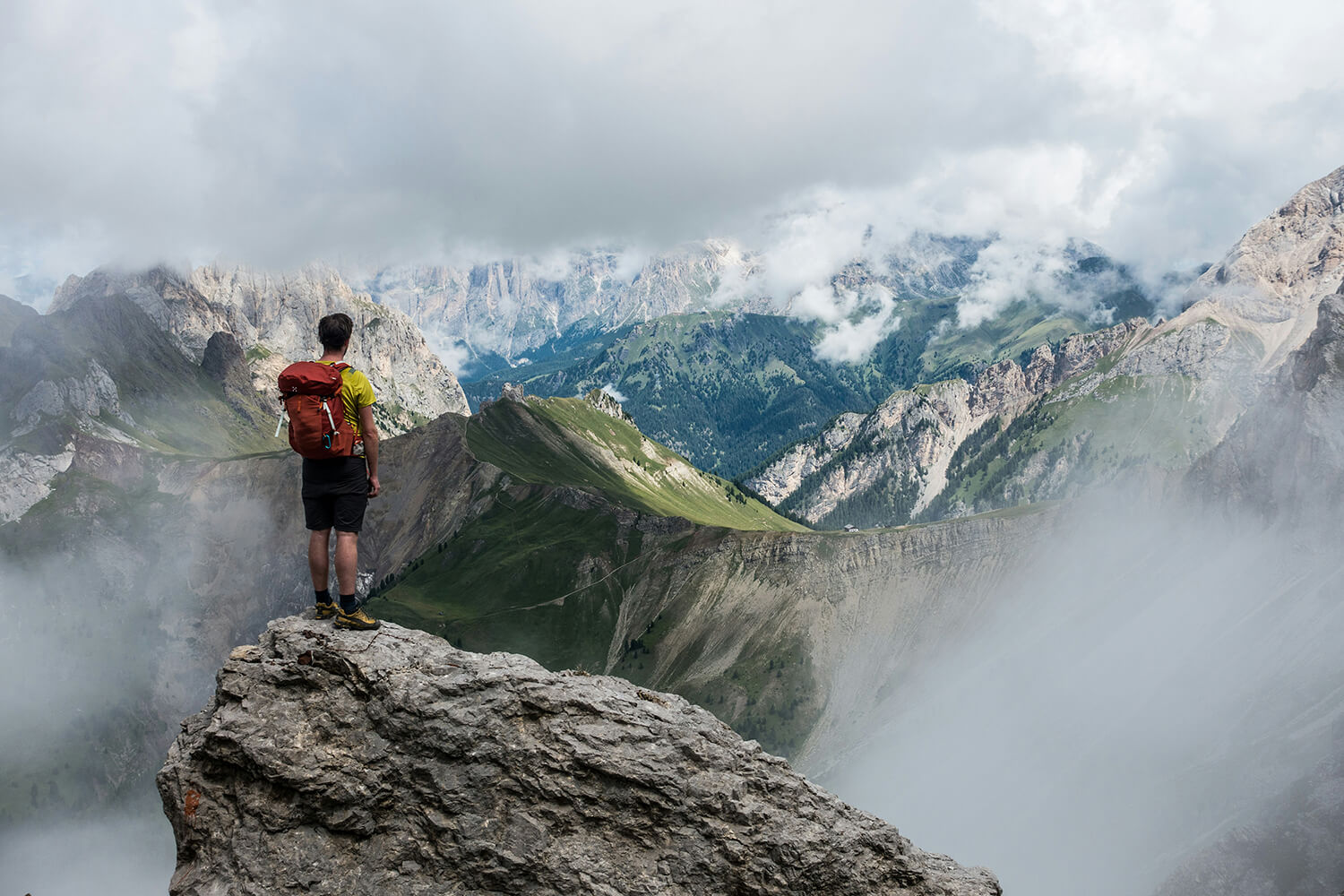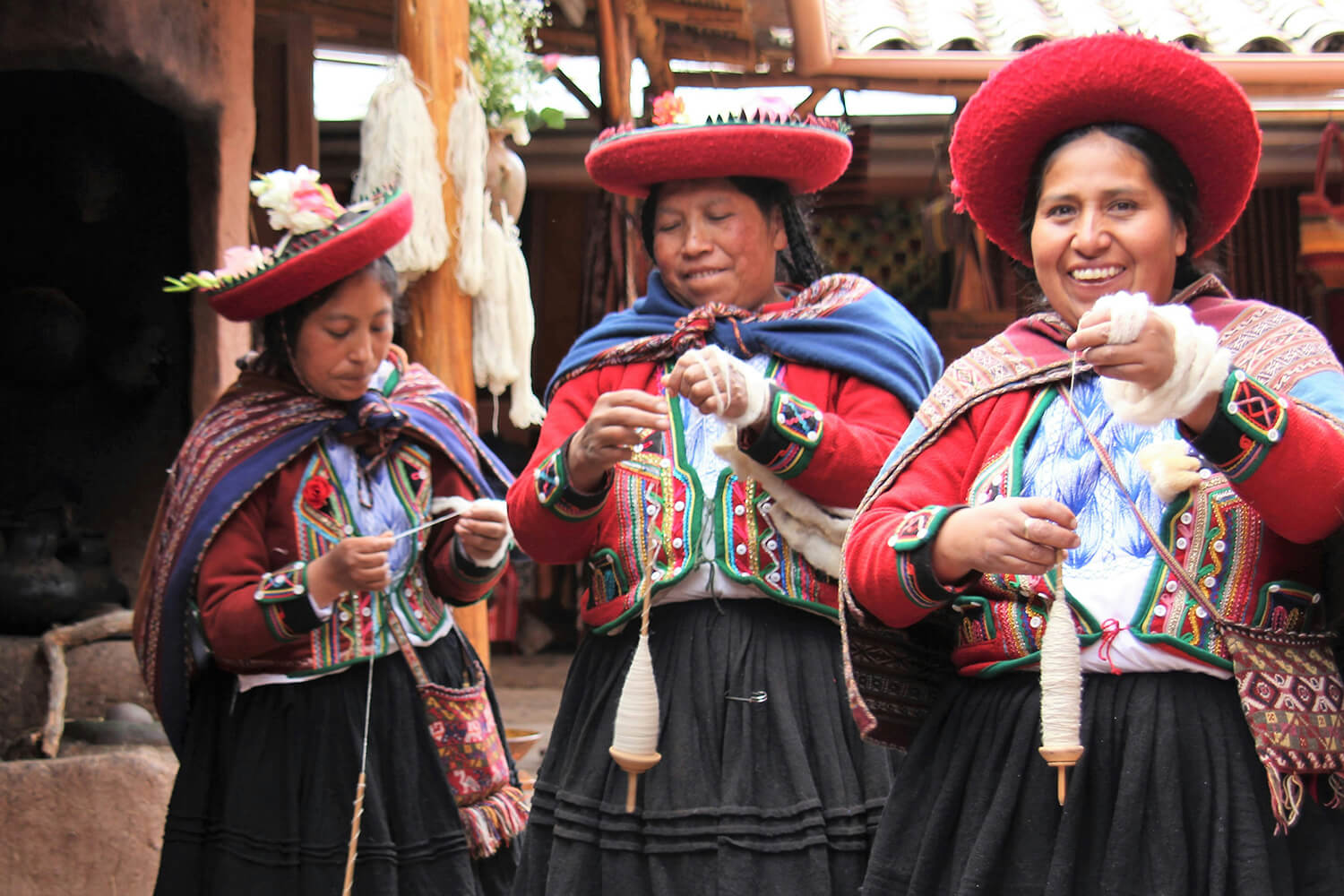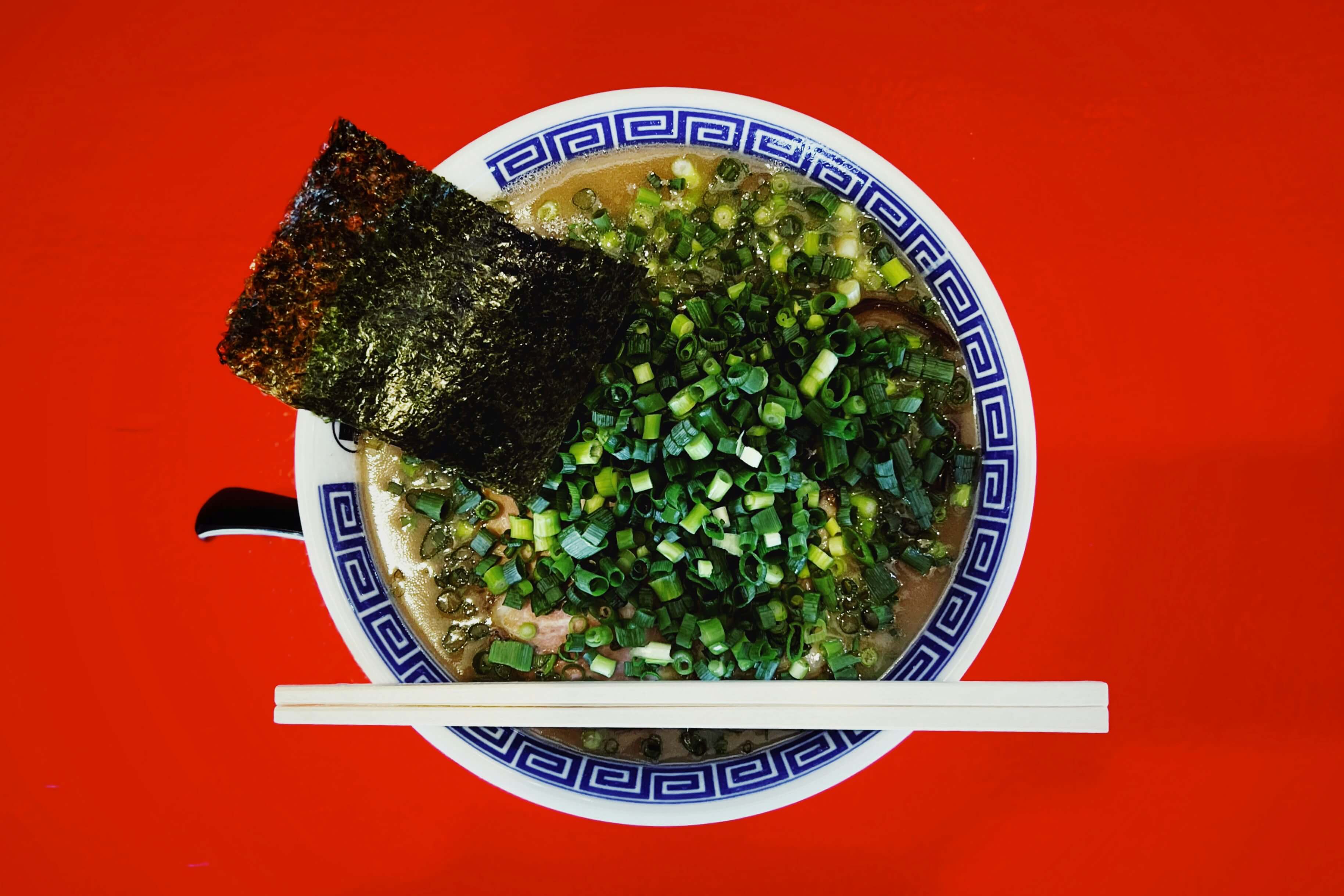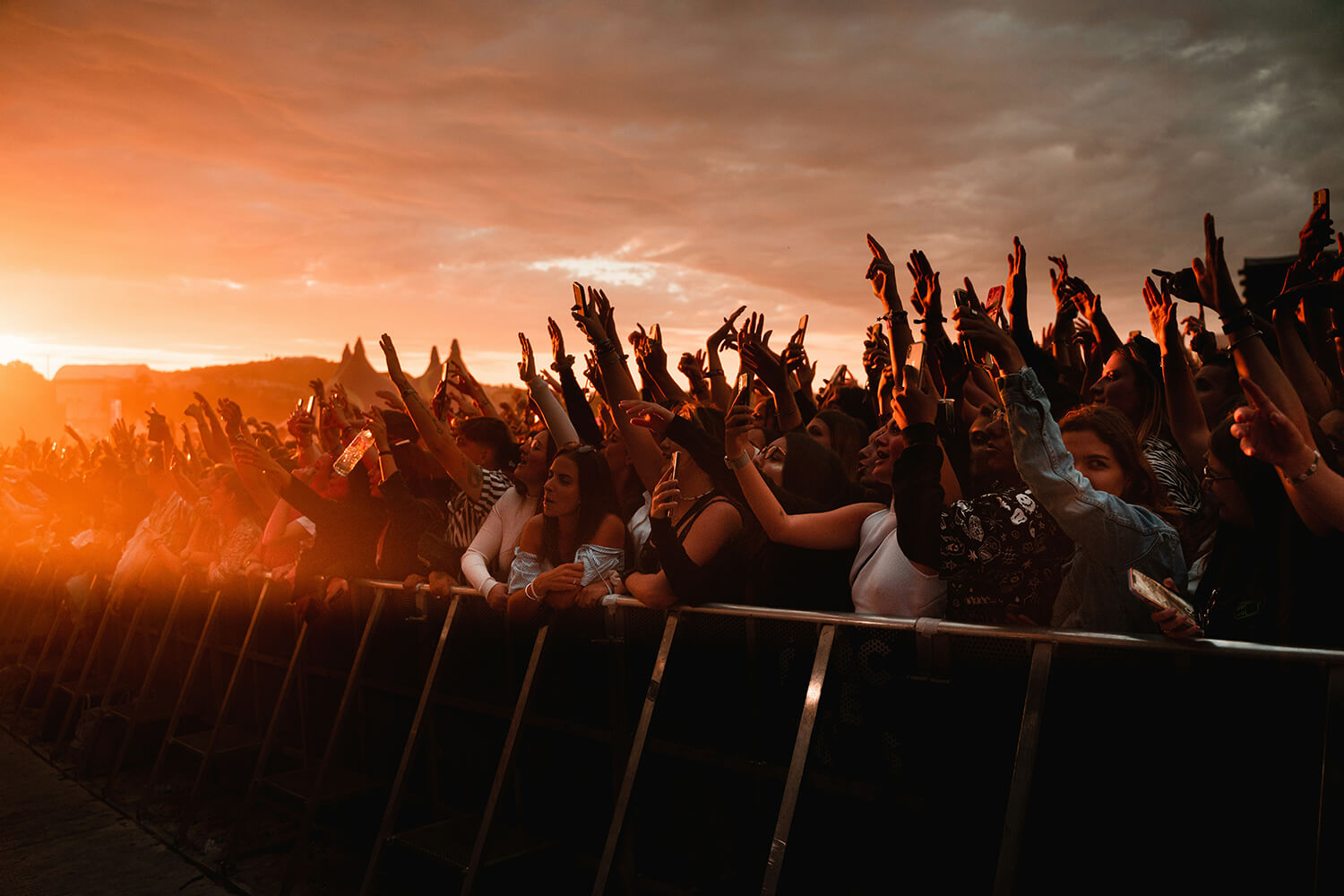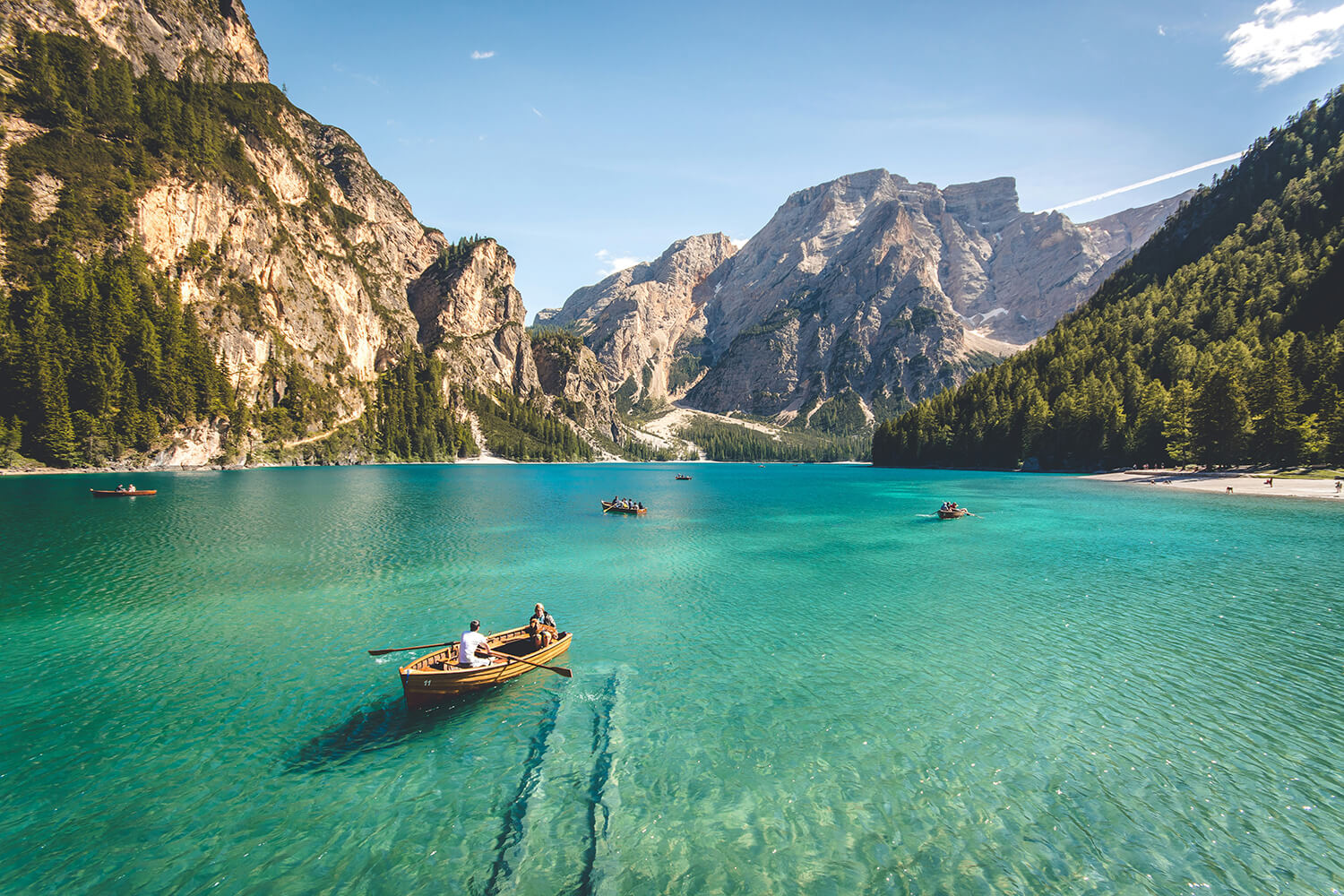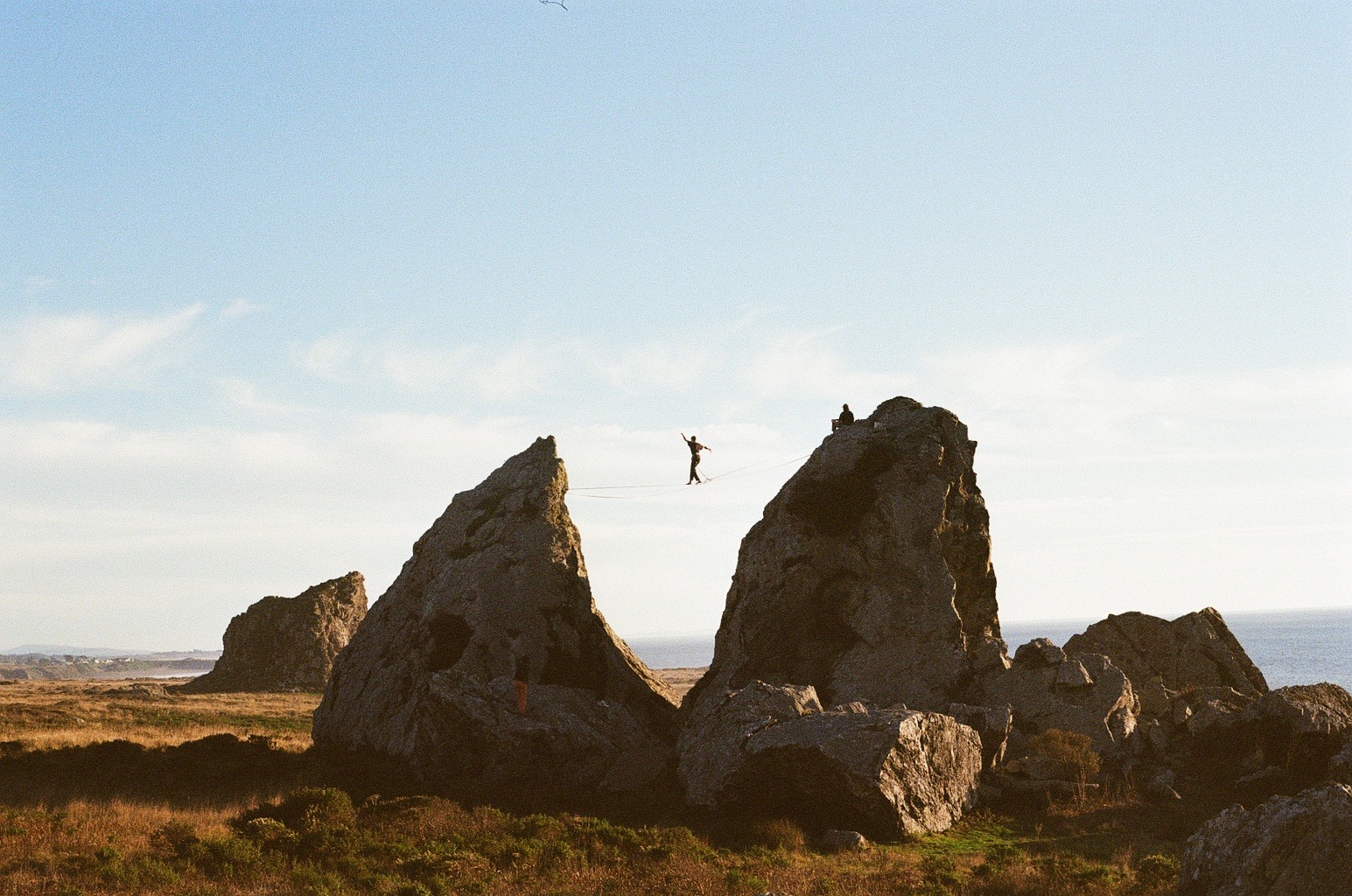Hiking the W Trek: What It's Actually Like on Trail
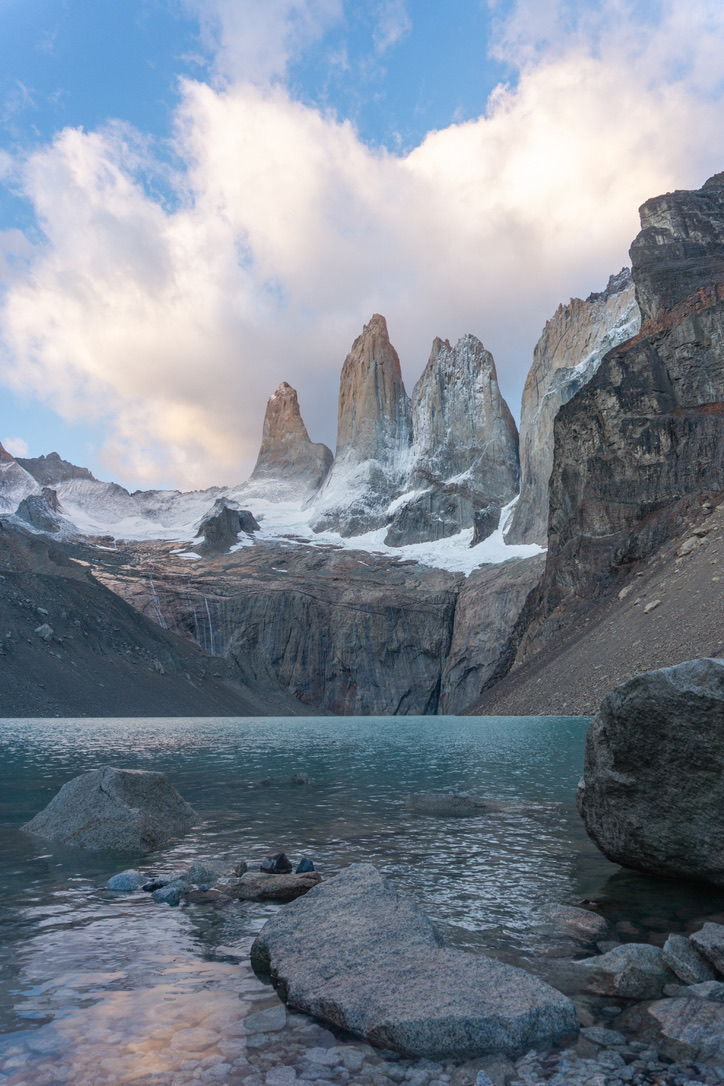
Hiking the W Trek: What It's Actually Like on Trail
I completed the W Trek in Torres del Paine with a group of friends in January 2025, and it turned out to be a completely different experience than I expected. After years of rugged backcountry backpacking in the American West, this hut-to-hut trek felt more like a social hiking vacation than a wilderness expedition—and I mean that in the best way possible.
If you're considering the W Trek, here's what the actual day-to-day experience is really like, beyond the logistics and gear lists.
The Booking Reality: Plan Ahead or Pay Up
We learned this lesson early: we signed up a bit late and couldn't secure basic campsites for every night. Torres del Paine's camping system books out months in advance during peak season, especially for the standard camping spots.
Our solution? Spring for the "luxury camping" options at a few sites. These upgraded accommodations—essentially pre-set tents with proper beds, linens, and sometimes heating—cost significantly more than bringing your own tent, but honestly, they were really nice. After a day of hiking in Patagonian weather, climbing into a warm bed instead of wrestling with a wet tent had its appeal.
If you're planning your own trek, check out my complete preparation guide for booking timelines and campsite strategies.
The Glacier Kayak Add-On: Cool But Expensive
At one of the campsites, we splurged on the glacier kayaking expedition at Grey Glacier. The experience itself was undeniably cool—paddling among icebergs with the massive glacier face looming above creates some incredible photo opportunities.
That said, I'm not entirely convinced it was worth the price tag. The tour cost around $150-200 USD per person and lasted about 2-3 hours. You get up close to the glacier and the ice formations are spectacular, but you're limited in where you can paddle, and the entire experience feels fairly controlled and structured.
Would I do it again? Maybe not. Would I regret skipping it entirely? Probably a little. It falls into that travel gray area of "expensive but memorable." If budget isn't a concern and you want the full Torres del Paine experience, go for it. If you're watching costs, the views of Grey Glacier from the overlook are stunning on their own.
The Trail Community: Same Faces, Same Camps
One of the most unexpected aspects of the W Trek is the community that develops along the trail. Unlike many long-distance treks where hikers spread out and you rarely see the same people twice, the W Trek's campsite system creates a natural cohort.
Everyone books the same sequence of camps, departing around the same time each morning. This means you hike with roughly the same group of people for the entire trek. You see familiar faces at every refugio, share meals, swap stories, and by the end of five days, you've built genuine friendships with people from around the world.
I met incredibly cool people on this trail—Australians, Germans, Argentinians, Americans, Chileans—all drawn to Patagonia for the same reason. There's something special about shared experience in a place this remote and beautiful. The social aspect transformed what could have been just another backpacking trip into something more memorable.
The Hiking Days: Shorter Than Expected
Here's the reality for experienced backpackers: the hiking days on the W Trek are pretty short.
If you're comfortable with distance and elevation gain, most of the daily segments feel manageable, even easy. We found ourselves finishing the hiking portion of each day fairly early—often by early afternoon. The trails are well-maintained, clearly marked, and follow logical routes. There's no bushwhacking, no serious scrambling, and no route-finding challenges.
This meant we had a lot of downtime at camp. We slept in every morning (no alpine starts necessary), took our time packing up, and still finished hiking with hours of daylight remaining.
Refugio Life: Pizza, Beer, and Card Games
With short hiking days comes long afternoons at the refugios and campsites. This is where the W Trek diverges most dramatically from wilderness backpacking.
Most refugios have restaurants serving hot meals—primarily pizza and pasta—along with cold beer, wine, and other beverages. We spent our evenings eating surprisingly good refugio pizza, drinking Patagonian beer, and playing cards with our trail friends until late into the night.
It was social, relaxed, and honestly a lot of fun. But it's a completely different vibe than sitting around a backpacking stove eating freeze-dried meals in the backcountry. For some people, this is a downside—less "rugged" and "authentic." For others (including me, in retrospect), it's a feature, not a bug.
This Isn't Western Backcountry
I went into the W Trek with expectations shaped by my backpacking experience in the American West—places like the Sierra Nevada, the Cascades, and the Colorado Rockies. Those trips involve serious mileage, self-reliance, leave-no-trace camping, and often challenging navigation.
The W Trek is different. It's managed, structured, and social in a way that American wilderness rarely is. There are designated campsites with facilities. You're never far from other hikers. You can buy meals instead of carrying all your food.
This was my first hut-to-hut trek, and I think that's why the experience felt so novel. The European and South American model of mountain huts and refugios creates a different kind of adventure—one that's more accessible and comfortable but potentially less wild.
Neither approach is better or worse. They're just different styles of experiencing mountains.
Did I Enjoy It? Absolutely.
Despite going in with different expectations, I loved the W Trek. The scenery is absolutely world-class—Torres del Paine deserves every bit of its reputation. The logistics of the hut system, while initially unfamiliar, ultimately made the experience more social and less physically demanding.
It's not the challenging, self-sufficient backcountry experience you'd find in North America's wilderness areas. But that's okay. It's its own thing: a spectacular multi-day hike in one of the world's most beautiful mountain ranges, with the social aspect and creature comforts built in.
Would I do it again? Maybe. Would I recommend it to others? Definitely, with the caveat that you should understand what you're signing up for. If you want rugged wilderness backpacking, this might not scratch that itch. If you want stunning scenery, achievable hiking, and a chance to meet awesome people from around the world while eating pizza at 4,000 feet in Patagonia, this is perfect.
Practical Takeaways
- Book early - Campsites fill up months in advance. We learned this the hard way.
- Luxury camping is worth considering - If regular spots are full or you want extra comfort, the upgraded camping isn't a bad investment.
- Skip expensive add-ons - The glacier kayaking was cool but not essential. The views from the overlooks are free and spectacular.
- Embrace the social aspect - The trail community is one of the best parts of the experience.
- Pack lighter than you think - With refugio meals available, you don't need to carry much food. See my detailed packing guide for specific gear recommendations.
- Set realistic expectations - This isn't wilderness backpacking in the traditional sense. It's a different (and equally valid) way to experience mountains.
The Bottom Line
The W Trek offers something rare: world-class mountain scenery paired with social connection and reasonable comfort. Yes, it's different from solo wilderness trips. Yes, the refugios and structured campsites remove some of the "edge" that defines traditional backpacking.
But standing at the base of the Torres at sunrise, sharing a beer with new friends from four continents at a refugio, and hiking through some of the most dramatic landscapes on Earth—that's an experience worth having, even if it's not what you initially expected.
Patagonia delivers. The W Trek delivers. Just make sure you know what you're getting into, book your campsites early, and be ready to embrace a different style of mountain adventure.
